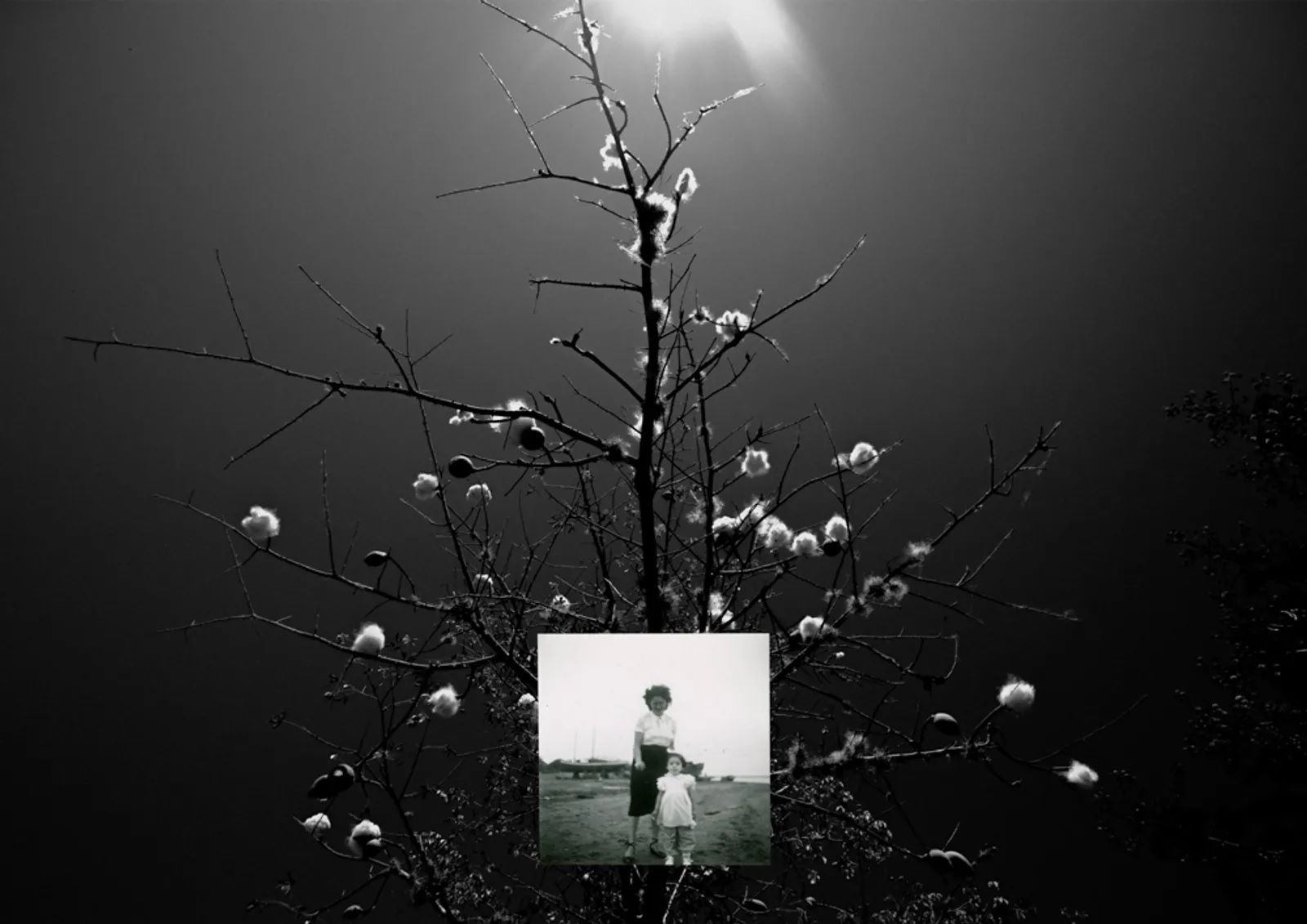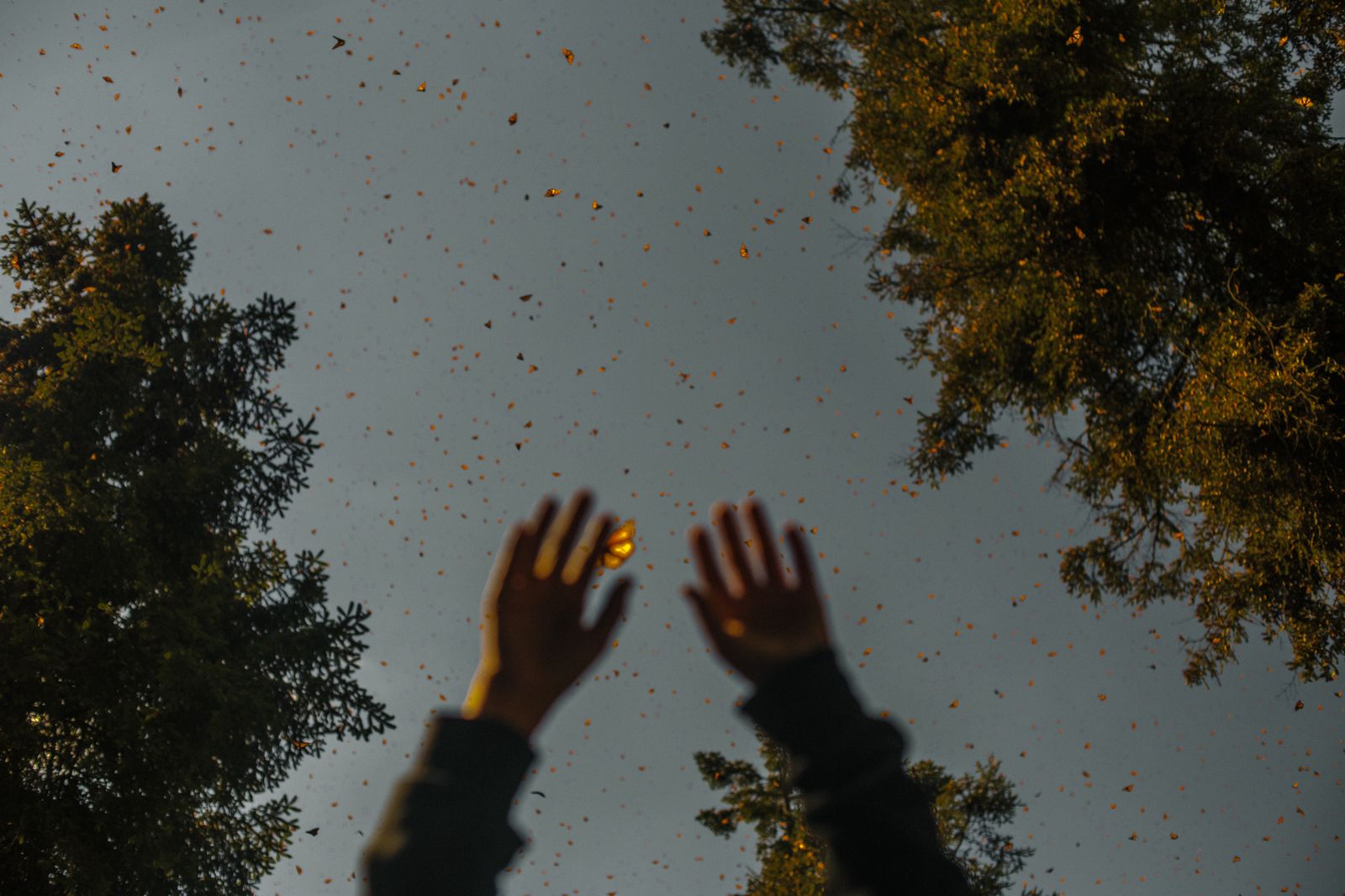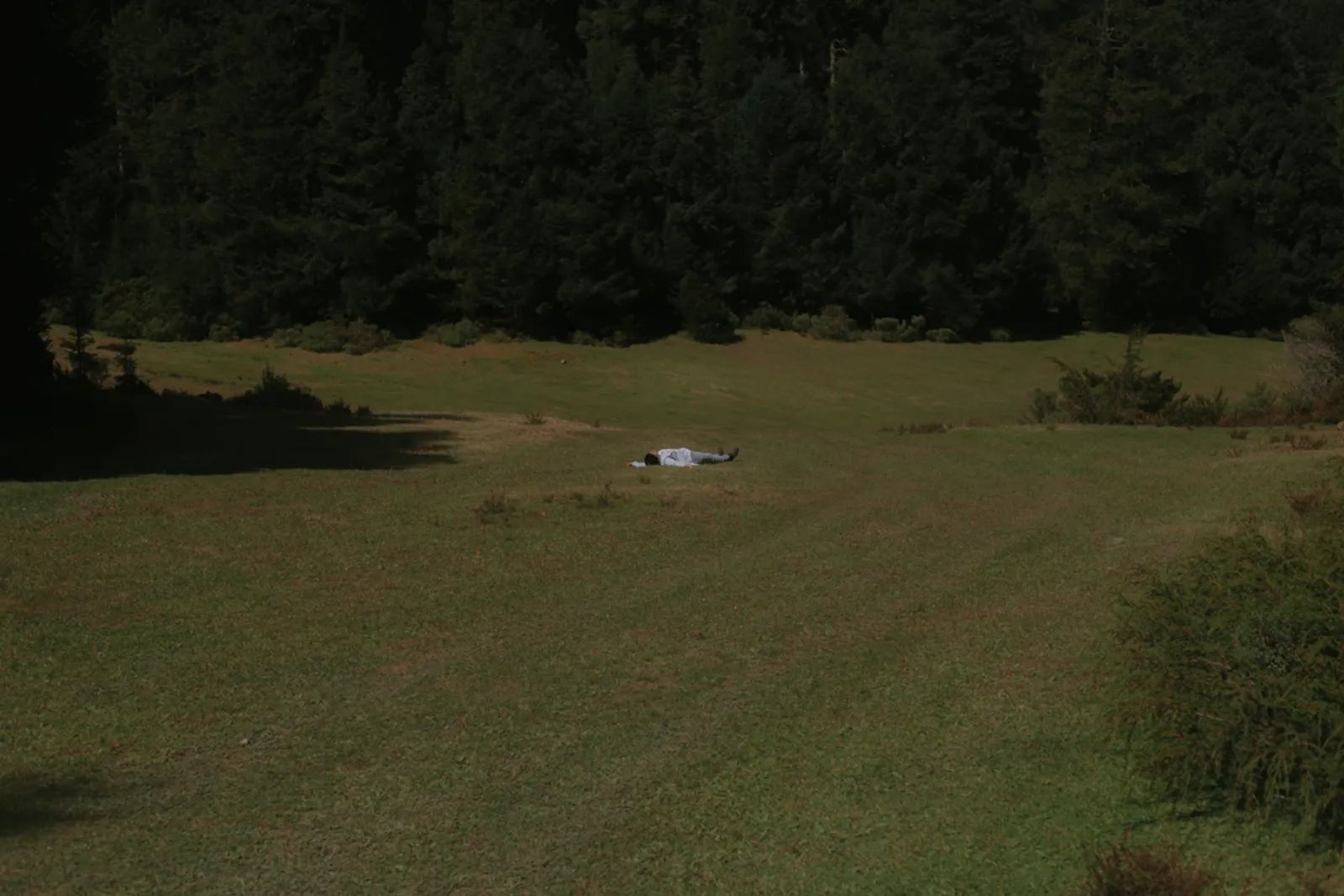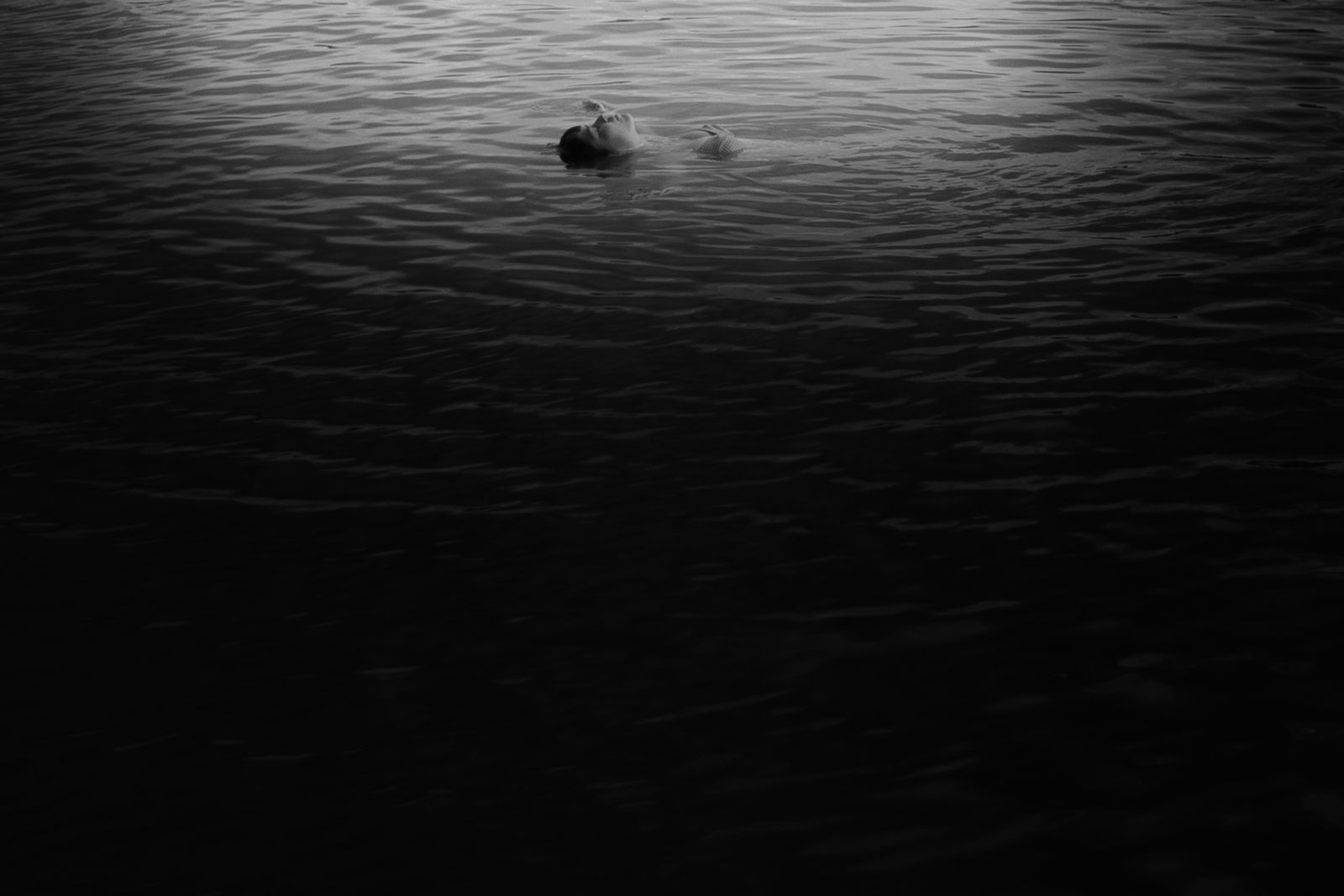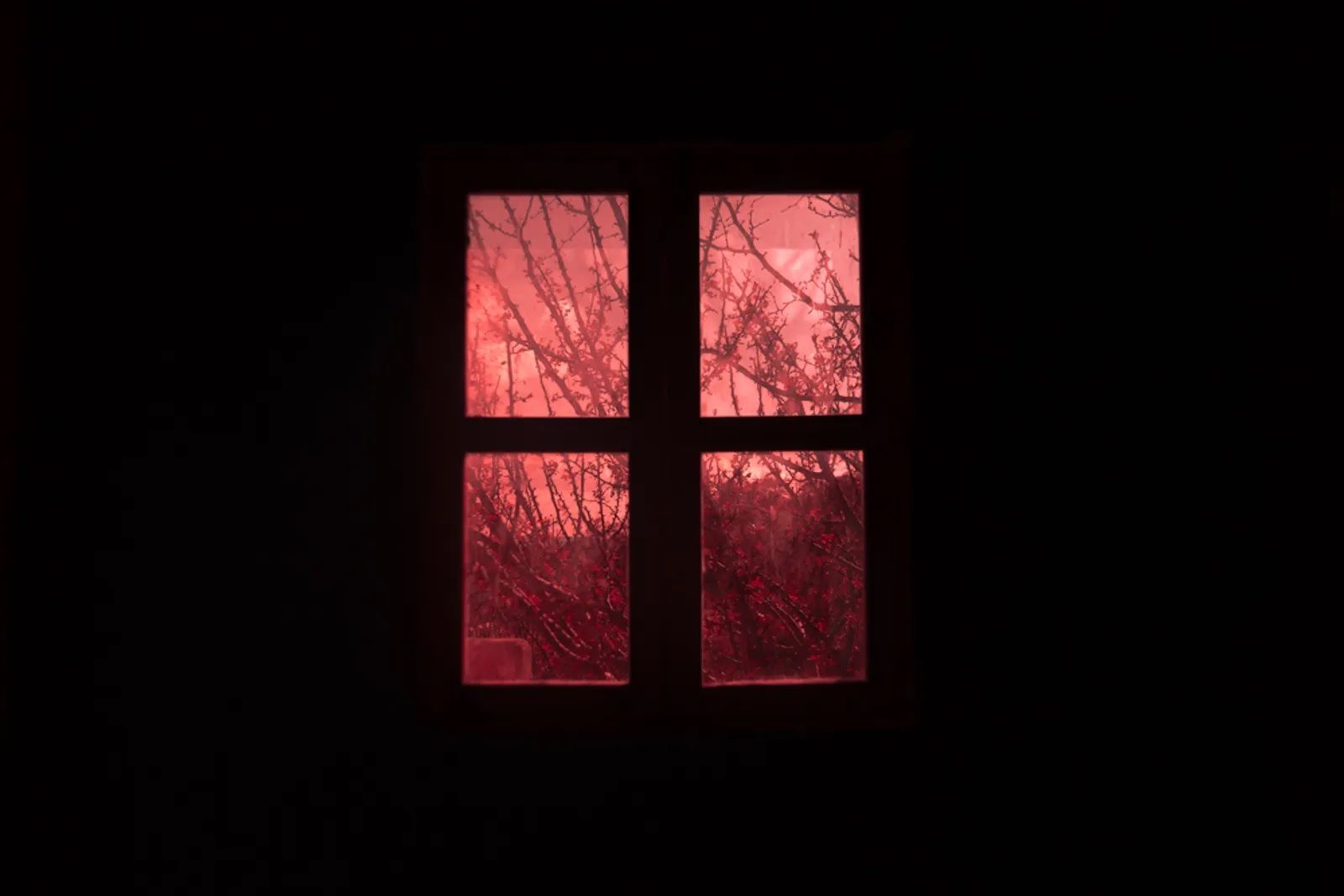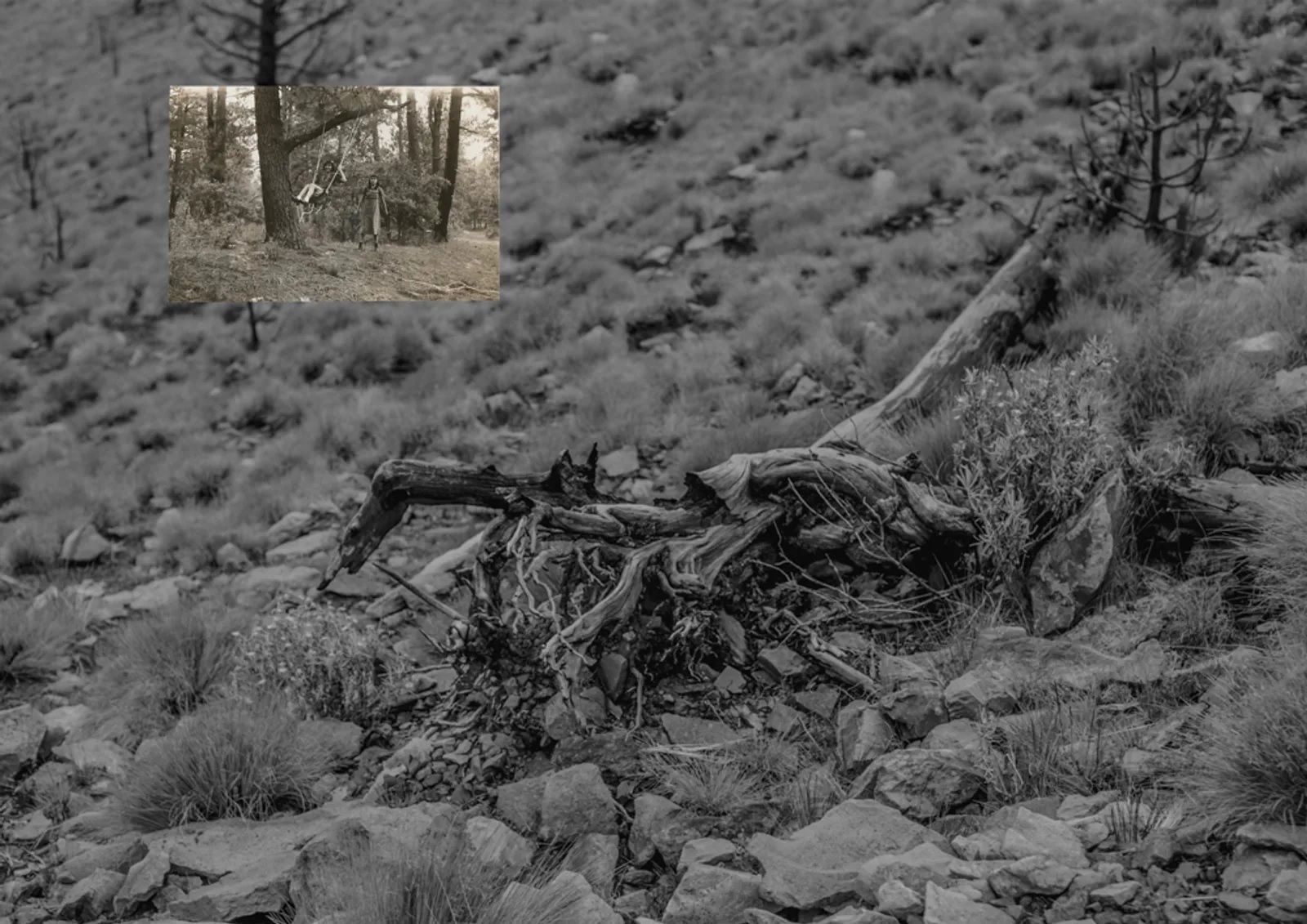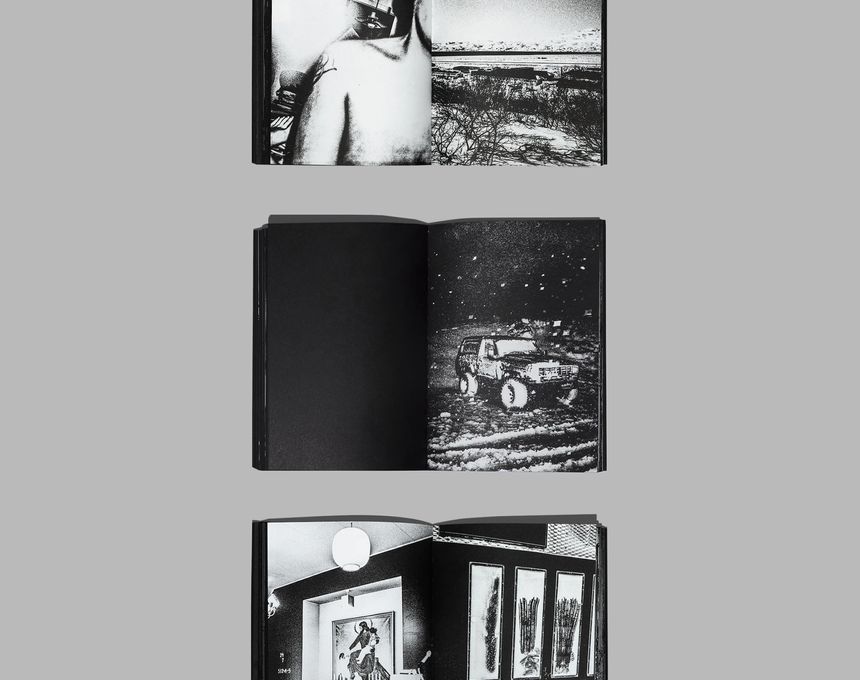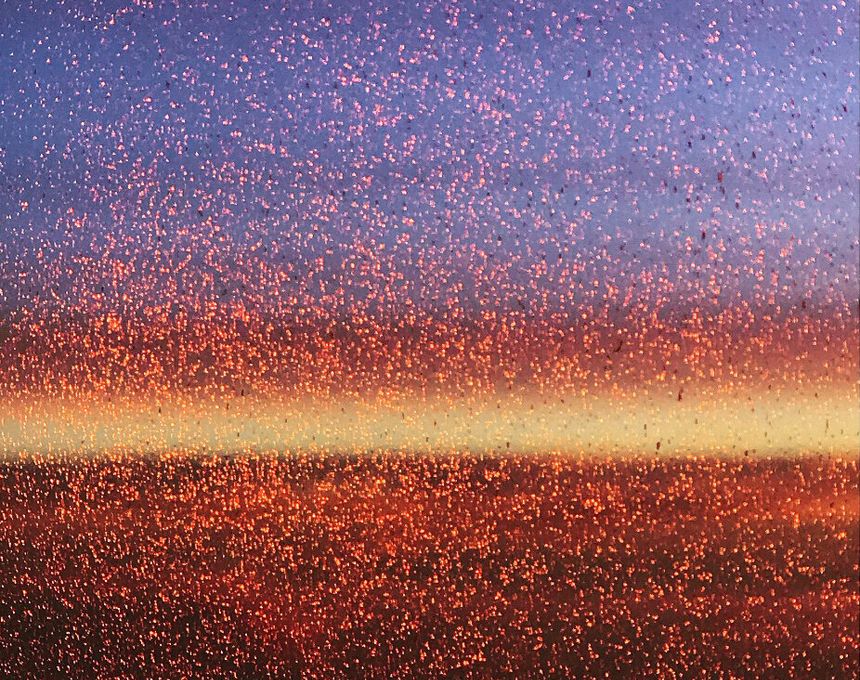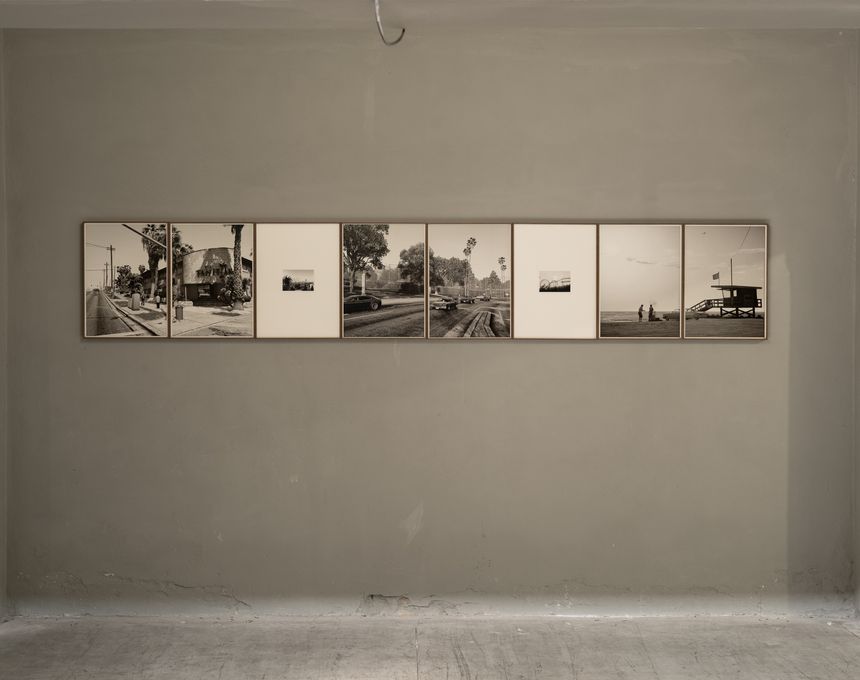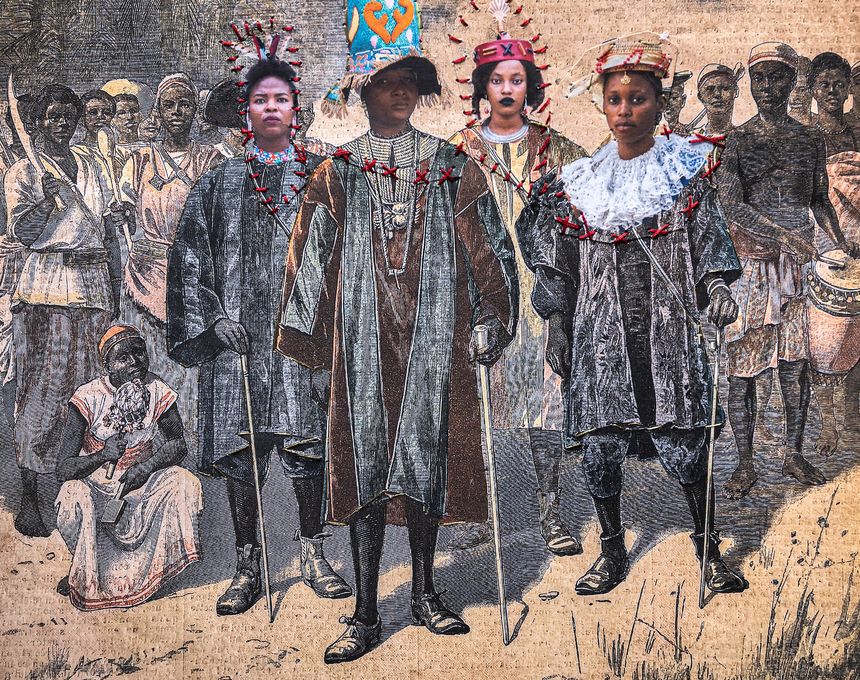Unveiling Suppressed, Forgotten Memories from Family History
-
Published23 Feb 2021
-
Author
Inspired by the notion that every family builds-up happy memories to share with others often in the form of photo albums, Peruvian photographer Lucero Alomía examines the idea of visually including painful recollections that expose discomforting family secrets.
Inspired by the notion that every family builds-up happy memories to share with others often in the form of photo albums, Peruvian photographer Lucero Alomía examines the idea of visually including painful recollections that expose discomforting family secrets.
Lucero Alomía began to explore the territory of loneliness while studying photography away from home. During that time, the raising of questions about childhood and refreshing forgotten memories began to surface new issues. "Breaking family silences wasn’t easy, but it was the first step in the healing process", says Lucero. Being born in a Catholic country also creates family expectations, often idealising family realities, which Lucero wanted to break. Having been raised by two people of the same gender in Peru always brought discrimination. The need to address such concerns was a prominent driver to continue working on this project and interrupt the silence that once had existed while growing up. By mixing archival imagery and collage and producing a series of her own photographs, Lucero looks to tell her personal experience.
Lucero, is Silence your first ongoing personal project? How did you begin working on this project?
I began photographing this experience, portraying loneliness and the first sense of independence from the everyday, during my teenage years, when I had to live alone in another city to study photography. This approach ended up externalising the traumas of my childhood, revealing feelings that I had hidden for years. Exploring the territory of memory through images was the beginning of Silence, evoking the past became a necessity to understand the present. It was a difficult and long time to decide to break into the supposed tranquillity in which my family lived, but confronting their silence was the first step in our healing process.
In Peru, the idea of family is still idealised as a social and binary construction that derives from religion. I was raised by two people of the same gender and I was tired of living in a society that discriminates against that, so telling my story and exposing my emotions took the form of my thesis in the last year of my degree.
When you started using images from your family album, how did you begin to intervene and manipulate them? Tell us more about this experimental process.
Since my childhood, I’ve had a fascination with family albums. I remember going through my own family albums frequently, and every time I looked through them, I selected a photograph and added it to my personal collection, which I still carry with me. The first images from Silence come from that family archive, but over time I realised it was very difficult for me to intervene.
Then, I started a new photo collection specifically for Silence, only this time, it was about forgotten memories; those that were piled up in antique markets. This was a contemplative and haphazard research process: my interest became more focused upon the object I was holding and the situation that lead me to that instant, rather than on the image itself.
These methods and strategies, namely mixed media and collage, allow me to explore photography as an object and to transgress the boundaries of the visible world; to recreate other realities, be them the imagination of dreams, thoughts, or emotions. Each finished piece reincarnates the past and the present, and I consider them elements of my own family album, where both moments are vital to the discovery of my identity.
What is it like to create images while also including archival photos? Do you feel influence by the content that already exists?
I feel both processes contribute to each other, especially in Silence. In 2018, I moved to Mexico City and for several months I didn’t take photographs; unconsciously I had limited myself to creating manually. I spent long days with this found archive and I let the emotions that working on Silence generated in me become projected in my collages: pain, confusion, and melancholy. That was a very introspective process and was naturally complemented by my mother’s visit at the end of my stay there; the intervened photographic archive speaks of our fragile relationship and our different emotional processes. By being together, the project followed its own lead: I took the camera and recorded the moment I call the first time we met.
While you are addressing family issues in this series, I see you have created a lot of images outside, in nature. Why is that so?
My mother and I, together, after a long time, made a trip to a mountain in an unknown territory for both of us. That encounter with ourselves, with the other, and with the immensity of nature was a valuable experience, which we incessantly looked for in the silence of our own thoughts. The signals, the mysteries, the life, and the death found in nature represent manifestations of freedom and reconciliation in this project: symbols that highlight the deep connection that exists between the members of a family, despite their differences and issues. During that journey - that rediscovery - we let ourselves exchange roles. The camera went from my hands to hers and vice versa, leaving a very intimate and emotional record.
Could you elaborate more on how this project is autobiographical? What elements or events have you included here?
The experience I had around my mother’s silence about her sexuality kept me from expressing my feelings in words for so long and it was through the creative act that I could release what society was unconsciously forcing me to silence. I go through my childhood memories to tell this story - full of feelings, symptoms, secrets, and abstract situations - which I interpret from my own perspective, and which I am able to visualise in the current relationship I have with my mother. After the first exhibition of Silence, I felt responsibility and harmony in the transcendence of my family and I knew this would be a project that would accompany me for life.
-------------
Lucero Alomía is a Peruvian photographer currently based in Cajamarca. Silence is her first long-term personal project. You can follow her on Instagram.
Verónica Sanchis Bencomo is a Venezuelan photographer and curator based in Hong Kong. In 2014, she founded Foto Féminas, a platform that promotes the works of female Latin American and Caribbean photographers. Follow her on Twitter and Instagram.
-------------
This article is part of In Focus: Latin American Female Photographers, a monthly series curated by Verónica Sanchis Bencomo focusing on the works of female visual storytellers working and living in Latin America.
